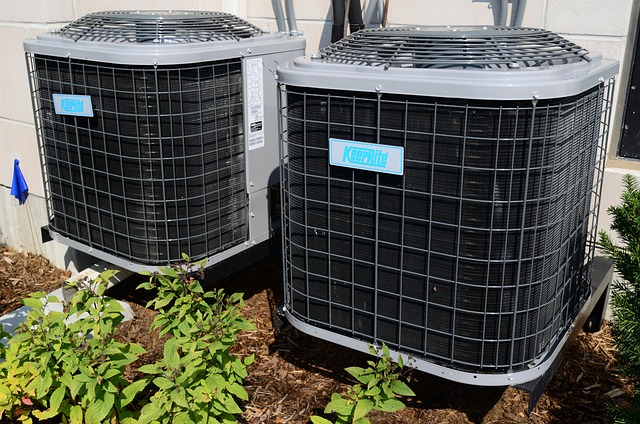Heating and cooling systems are essential for maintaining comfortable indoor environments. Whether it’s warming up during the chilly winter months or staying cool in the scorching summer heat, understanding the science behind heating and cooling is crucial. In this blog, we will delve into the principles and applications of heating and cooling, exploring the fundamental concepts and technologies that make it all possible.
The Basics of Heat Transfer
To grasp the science of heating and cooling, we must first understand the basics of heat transfer. Heat can move from one object or space to another in three ways: conduction, convection, and radiation.
Conduction refers to transferring heat through direct contact between objects or substances. For example, when you touch a hot stove, heat transfers from the stove to your hand through conduction.
Convection involves the transfer of heat through the movement of fluids or gases. As warm air rises and cool air sinks, convection currents are created. This principle is central to many heating and cooling systems.
Radiation is the transfer of heat through electromagnetic waves. The sun’s rays warming up a room is an example of radiation. In heating and cooling systems, radiation can be harnessed for heating and cooling purposes.
Heating Systems and Technologies
Heating systems are vital in keeping our homes and buildings warm and comfortable. Various technologies are employed to achieve this.
One standard heating system is the furnace, which burns fuel (such as natural gas or oil) to produce heat. The generated heat is then distributed through ducts and vents to different building areas. Furnaces are efficient and widely used for heating purposes.
Heat pumps are another popular heating option. They work by extracting heat from the outside air, even in cold temperatures, and transferring it indoors. Heat pumps can be reversed to provide cooling during hot weather, making them versatile systems.
Radiant heating systems use heated surfaces, such as floors, walls, or panels, to radiate heat into the room. This type of heating offers uniform warmth and can be more energy-efficient than traditional systems.
Cooling Systems and Technologies
When it comes to cooling, air conditioning systems are the go-to solution. These systems work on removing heat from indoor spaces and expelling it outside.
Air conditioners utilize a refrigeration cycle to cool the air. They draw warm indoor air, pass it over evaporator coils, which cool the air by removing heat, and then circulate the cooled air back into the room. The expelled heat is released outside through the condenser coils.
Evaporative coolers, also known as swamp coolers, work by evaporating water to cool the air. They are effective in dry climates where the cooling effect of evaporation is more pronounced. Evaporative coolers consume less energy than traditional air conditioners, making them an environmentally friendly option.
Energy Efficiency and Sustainable Solutions
With a growing focus on energy efficiency and sustainability, heating, and cooling technologies have evolved to offer greener solutions. For instance, high-efficiency furnaces and heat pumps can significantly reduce energy consumption and lower utility bills.
Additionally, advanced thermostat systems allow precise control over temperature settings, optimizing energy usage and reducing waste. Smart thermostats can learn user preferences and adjust settings automatically for maximum efficiency.
Renewable energy sources, such as geothermal and solar heating, are gaining traction as sustainable alternatives. Geothermal systems utilize stable underground temperatures to heat and cool buildings. Solar heating systems harness the sun’s energy to provide heating or supplement existing heating systems.
Conclusion (100 words): Understanding the science behind heating and cooling systems is crucial for efficient and comfortable indoor environments. By comprehending the principles of heat transfer, exploring various heating and cooling technologies, and embracing energy-efficient and sustainable solutions, we can create comfortable and environmentally friendly environments. So, the next time you feel warm or cool inside your living space, take a moment to appreciate the science and innovation that goes into keeping you comfortable year-round.…
